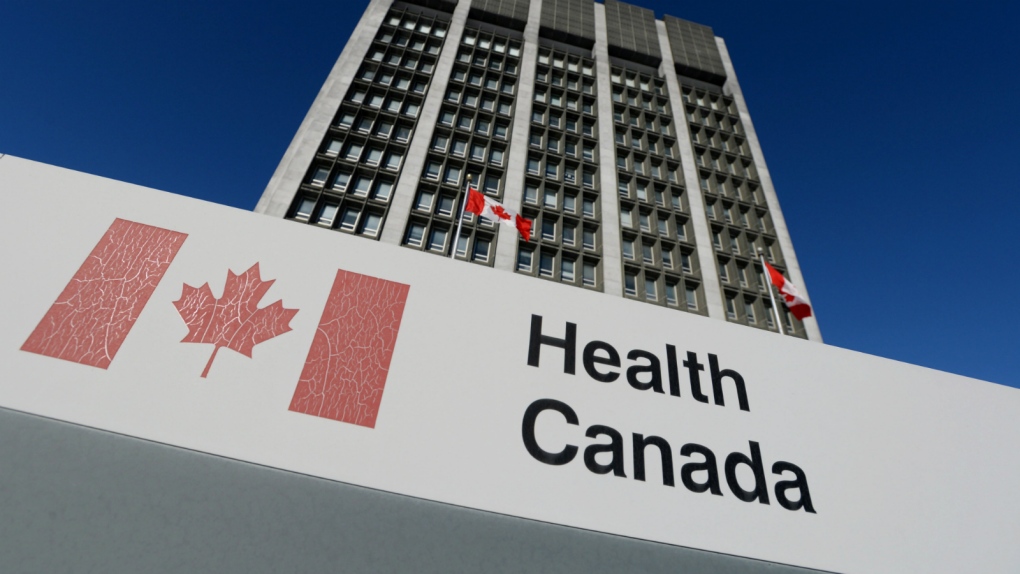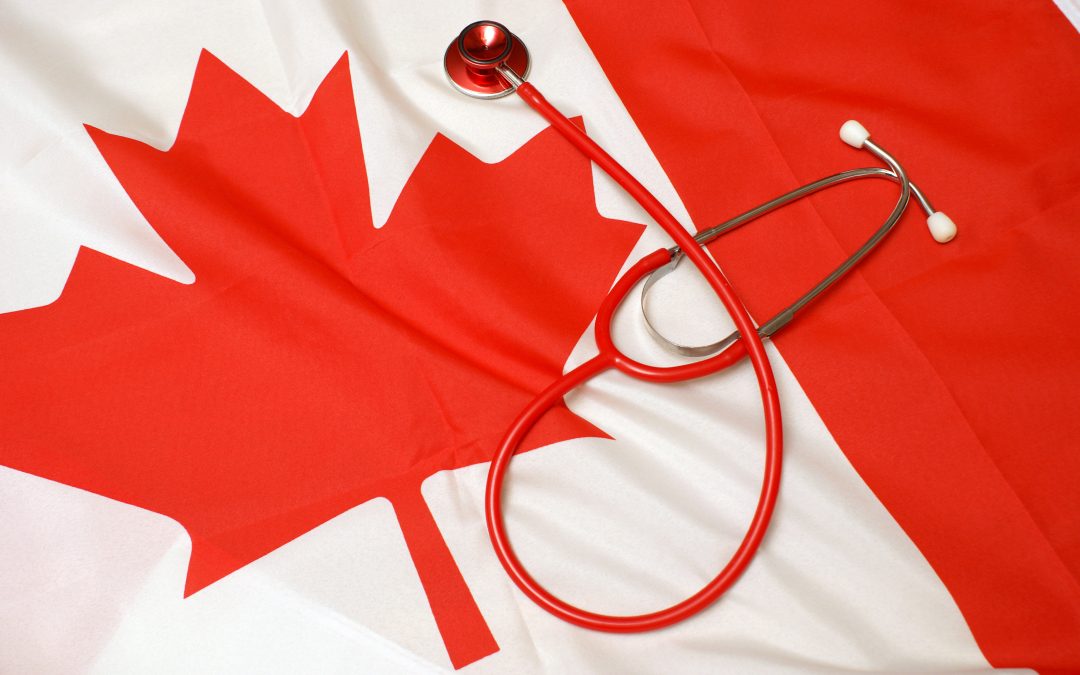Health Canada, the Canadian regulating authority in the sphere of healthcare products, has issued guidance on summary reports and issue-related analyses for medical devices.

Regulatory Background
The regulatory requirements for importation, distribution and marketing of medical devices on the Canadian market are set forth by the Medical Devices Regulations. As well as foreign regulating authorities in the sphere of medical devices, Health Canada employs a lifecycle approach under which the safety and effectiveness of medical devices should be subject to evaluation and assessment both prior to placing the medical device on the market and during the whole period it is available for use. According to this approach, new information about the medical device collected during its use should also be taken into account.
The present Health Canada guidance is intended to provide medical device manufacturers with additional clarifications and recommendations to be considered in order to ensure compliance with the applicable regulatory requirements with regard to:
- The preparation, retention and submission of summary reports; and
- The completion of issue-related analyses of safety and effectiveness.
The guidance provides additional details with regard to the requirements the summary reports should meet and also describes the procedures to be applied when submitting the summary reports and issue-related analyses to the regulating authority.
According to the document, a summary report is a comprehensive assessment of new information on the benefits and risks of a licensed Class II, III, or IV medical device. The authority also mentions that the requirement to submit summary reports should not be applied in the case of Class I medical devices. For all other classes of medical devices, such reports should be submitted on a regular basis.
An issue-related analysis constitutes a specific report to be prepared by the medical device manufacturer upon request of the regulating authority in case the latter has reasonable concerns with regard to the safety and effectiveness of the medical device in question. In such a way, the authority requests a medical device manufacturer to provide the information necessary to evaluate compliance with the applicable regulatory requirements. Usually, Health Canada applies this approach in order to evaluate newly identified potential risks associated with the medical device to be able to determine whether the measures taken to mitigate the risks are sufficient.
Thus, summary reports and issue-related analyses are the tools intended to be used for the purpose of continuous evaluation of the benefits and risks associated with medical devices allowed for marketing and use in Canada.

Scope and Objectives
Health Canada also outlines the parties to which the regulatory requirements described herein apply. According to the guidance, the requirements related to the submission of summary reports apply to all medical device license holders as the parties responsible for medical devices placed on the Canadian market. This category also includes medical device manufacturers. Health Canada additionally emphasizes that the requirements on the submission of issue-related analyses apply only to the medical device manufacturers, including the ones operating on a private label basis.
The requirements addressed in the present guidance are intended to improve continuous monitoring of safety- and performance-related aspects associated with the medical devices marketed in Canada.
The authority states that an alternative approach could be applied, provided such an approach complies with the respective regulatory requirements and has been discussed with the regulating authority in advance. The authority is also entitled to request the medical device license holder to provide additional information besides the scope outlined herein, should it be reasonably necessary to assess the issues related to the safety and performance of a medical device. In case of any discrepancies between the clarifications provided in the present Health Canada guidance and provisions of the applicable Canadian legislation on medical devices, the latter should prevail.

Summary Reports in Detail
According to the document, a summary report should be based on the information collected by the medical device license holder during the period the device is available on the market. In particular, the information to be included a summary report shall cover:
- Adverse effects;
- Problems reported to the manufacturer, importer or distributor of the device relating to performance characteristics or safety, including any consumer complaints;
- Incidents that have come to the attention of the manufacturer or the importer of the device;
- Serious risks of injury to human health that were identified outside of Canada.
The appropriate report should be prepared by the medical device license holder during the reporting period. For this purpose, the responsible party shall identify the changes to the risks and benefits associated with the medical device placed on the market. In case of significant changes impacting the safety and effectiveness of the medical device, the medical device license holder shall duly notify the regulating authority not later than 72 hours from the moment they occurred.
The information the summary report shall contain derives from ongoing post-market monitoring activities carried out in accordance with the applicable regulatory requirements based on the class of the device under the risk-based classification, as well as the risks and benefits associated with the device. As mentioned before, the regulating authority reserves the right to request the medical device license holder to provide additional information related to the safety and effectiveness of a medical device whenever it finds necessary.
The document also provides timelines for the preparation of the summary reports. The timelines depend on the class of a medical device in question under the risk-based classification, namely:
- Class II devices: every 2 years with information gathered during the previous 24 months,
- Class III and IV devices: every year with the information gathered during the previous 12 months.
It is important to mention that the medical device license holder may choose the reporting period different from the date the initial license has been issued. The obligation to submit summary reports remains applicable within the whole period the device in question is available on the Canadian market.
A summary report should be submitted for each medical device license separately. However, in certain cases, it is allowed to combine certain devices, provided such a connection could be duly justified. This applies if the medical devices subject to reporting belong to the same family, group, group family, or system. According to the guidance, the medical device license holder is the party responsible for the proper grouping since it is the party possessing the most complete and accurate information about medical devices. Should the medical device license holder decide to combine medical devices that are not covered by the scope of a single medical device license, the appropriate justification should be provided. Health Canada also mentions that foreign grouping rules could be applied if this would facilitate the submission of the information to be assessed. Either way, the Canadian requirements on summary reporting should be met.
In summary, the present Health Canada guidance describes in detail the regulatory requirements to be applied in terms of summary reports to be submitted by the medical device license holders. The document also provides additional clarifications with regard to the scope of information to be submitted to the authority by the responsible entity.
How Can RegDesk Help?
RegDesk is a next-generation web-based software for medical device and IVD companies. Our cutting-edge platform uses machine learning to provide regulatory intelligence, application preparation, submission, and approvals management globally. Our clients also have access to our network of over 4000 compliance experts worldwide to obtain verification on critical questions. Applications that normally take 6 months to prepare can now be prepared within 6 days using RegDesk Dash(TM). Global expansion has never been this simple.
Sources:

